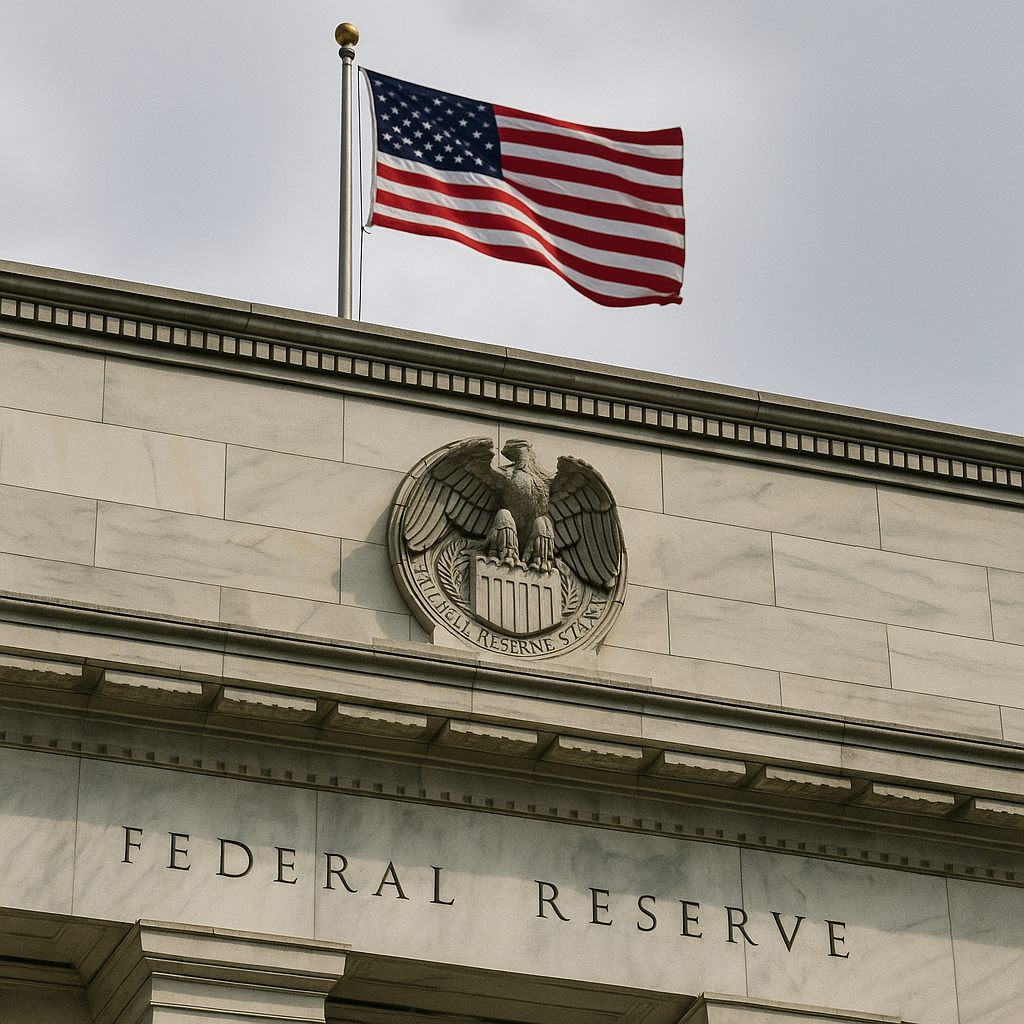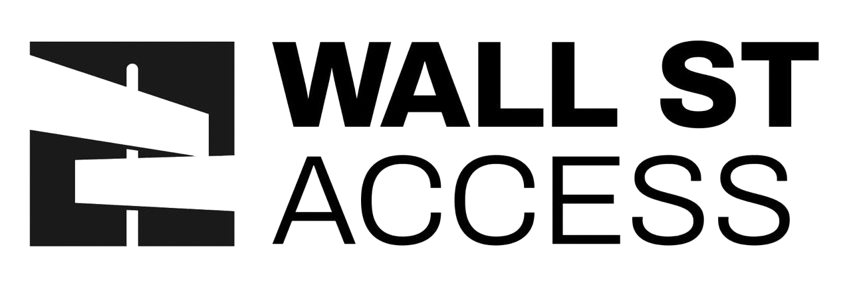Fed holds interest rates steady, forecasts 3% inflation and just one 2026 rate cut.
Powell cites tariff-related inflation risks but urges “patience” before acting.
Trump pressures Fed for cuts amid rising government borrowing costs.

The Federal Reserve left its benchmark interest rate unchanged Wednesday for the fourth consecutive meeting, reaffirming a cautious stance as economic uncertainty mounts from rising tariffs and a shifting inflation outlook. Despite keeping the policy rate steady, officials reiterated expectations for two rate cuts by year-end.
Fed Chair Jerome Powell signaled a wait-and-see approach, pointing to unresolved questions around U.S. tariffs and their inflationary impact. “Increases in tariffs this year are likely to push up prices and weigh on economic activity,” Powell said at a post-meeting press conference, adding that it’s too early to quantify the effect. Many of the new tariffs, initially set for early April, have been delayed to July 9 pending trade negotiations.
The central bank’s updated economic projections show a dimmer outlook. It now sees inflation climbing to 3% by year-end, up from 2.1% in April. Growth is projected to slow sharply to 1.4% from 2.5% in 2024, and unemployment is expected to tick up to 4.5% from the current 4.2%.
Core inflation—which excludes food and energy—remains elevated at 2.5%, despite headline inflation nearing the Fed’s 2% target in April. Still, Powell emphasized that the underlying strength of the U.S. economy provides flexibility. “We’ll make smarter and better decisions if we wait just a couple of months or however long it takes,” he said.
Meanwhile, former President Donald Trump continues to escalate criticism of the Fed. On Wednesday, he called Powell “stupid” and “political” for not cutting rates, tying the issue to surging federal borrowing costs now exceeding $1 trillion annually.
Trump’s pressure reflects growing political friction over interest rates and federal debt management. But economists warn that easing policy simply to reduce government interest payments could jeopardize the Fed’s dual mandate of price stability and full employment.
Internationally, central banks are reacting to the ripple effects of U.S. tariffs. The European Central Bank, Bank of Canada, and Bank of England have all cut rates this year, with the U.K. expected to hold at 4.25% this week. Meanwhile, the Bank of Japan opted to keep rates steady at 0.5% following a recent hike.
For now, the Fed remains firmly in data-dependent mode—watching and waiting while inflation dynamics and trade policy evolve.
